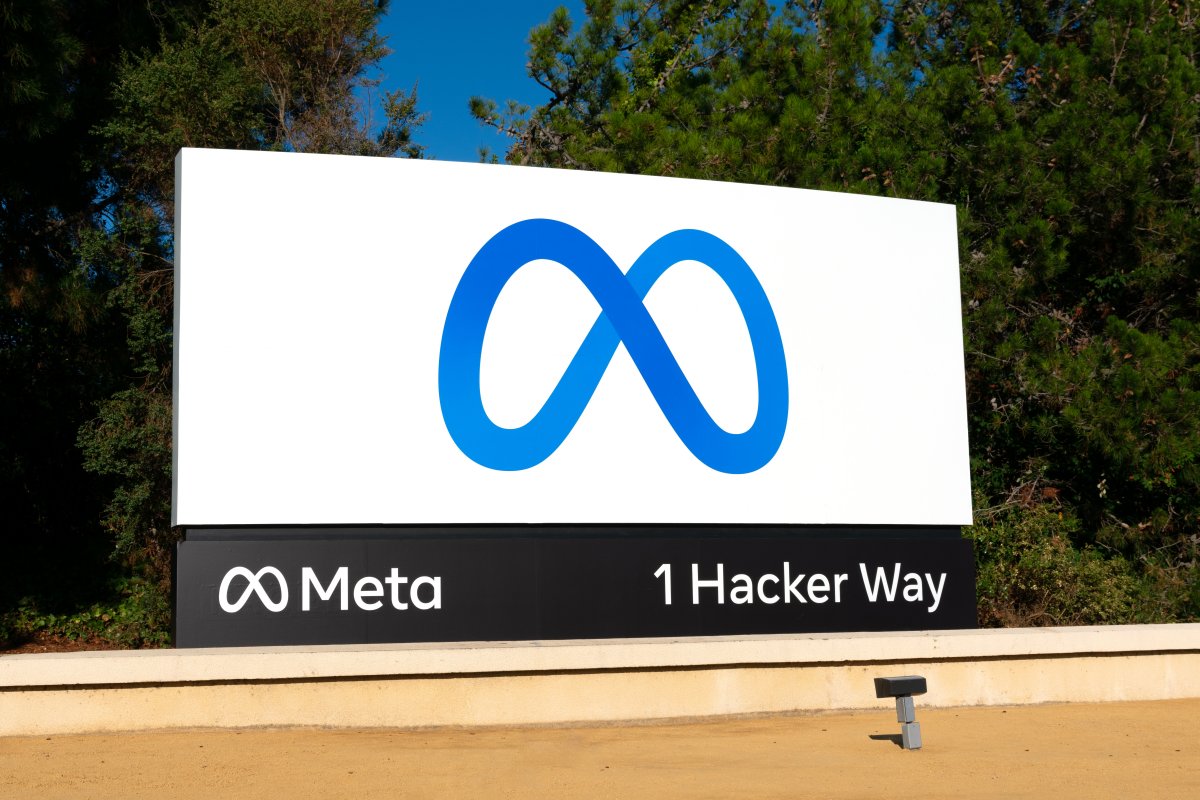Meta is set to release a commercial version of its LLaMA generative language model, according to reports from the Financial Times. This model will allow start-ups and companies to develop customized software. The publication of this commercial version is expected soon, as sources from the corporate environment have revealed.
The primary aim of Meta’s commercial release is to compete with OpenAI, a major player in the AI space. This move further intensifies the ongoing race between technology groups to establish themselves as dominant participants in the AI sector. Microsoft with OpenAI and Google, with their chatbot Bard now available in Germany, are the main competitors for Meta.
Meta’s Large Language Model (LLM) LLaMA was made available for the first time at the end of February. Meta researchers created a repository on Github to serve as a minimal example of how to use LLaMA models. Unfortunately, LLaMA became public as a torrent due to a leak shortly after its release. Nevertheless, the technology remains open-source and free of charge for now. However, Meta plans to offer corporate customers payment options by adapting the LLMs to their specific needs using proprietary data.
Nick Clegg, a manager at Meta, praises the benefits of an open-source approach, stating that “Openness is the best antidote to the fears surrounding AI.” Meta has been involved in AI research for over a decade and has recently increased investment in its AI research arm. This decision was prompted by investor dissatisfaction with Mark Zuckerberg’s aspirations for the Metaverse.
Earlier this year, Zuckerberg and other executives hinted at the development of multiple AI chatbots for Instagram, WhatsApp, and Facebook platforms based on Meta’s LLMs. According to Meta, their language model LLaMA surpasses Google’s PaLM and OpenAI’s GPT-3 in most benchmarks. The training of LLaMA solely used publicly available datasets, making the work open-source compatible and reproducible.



